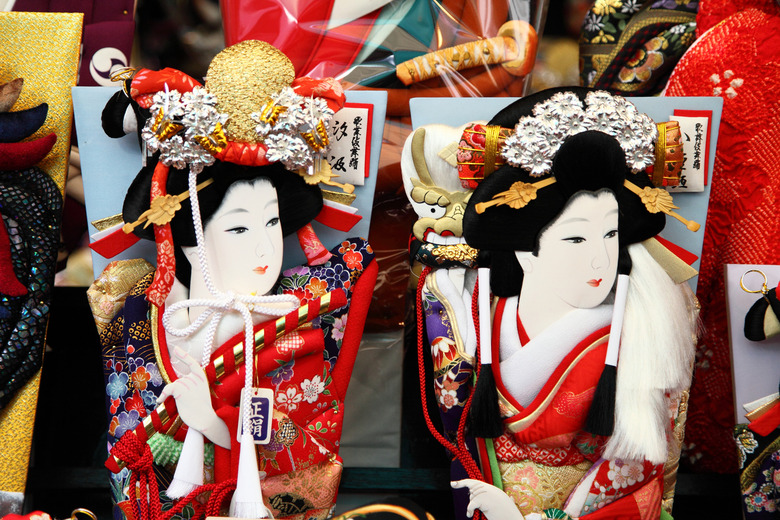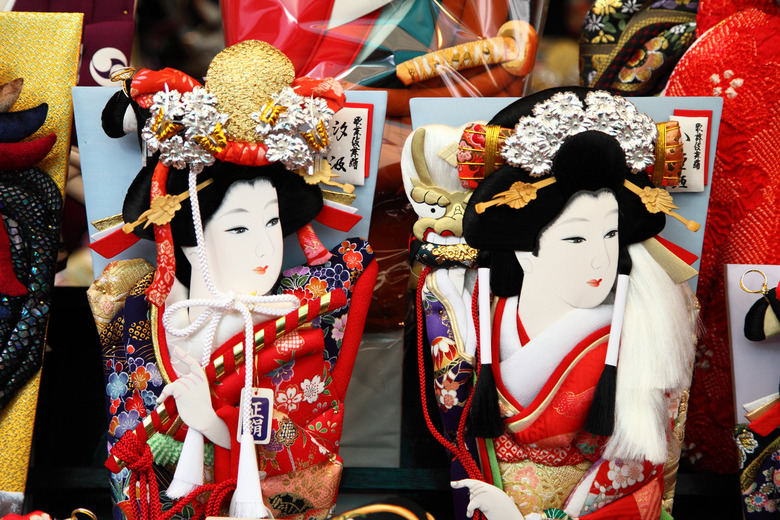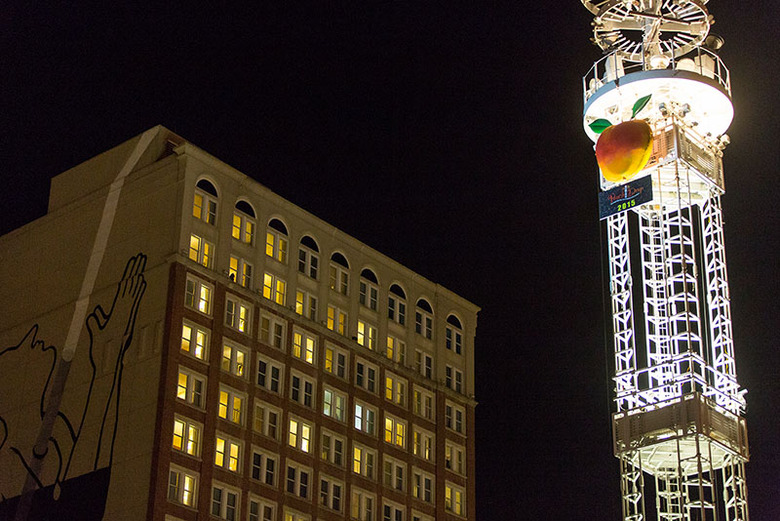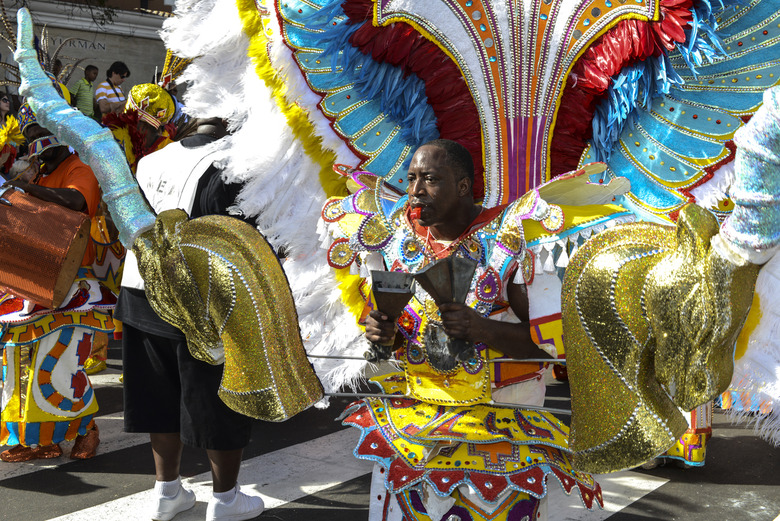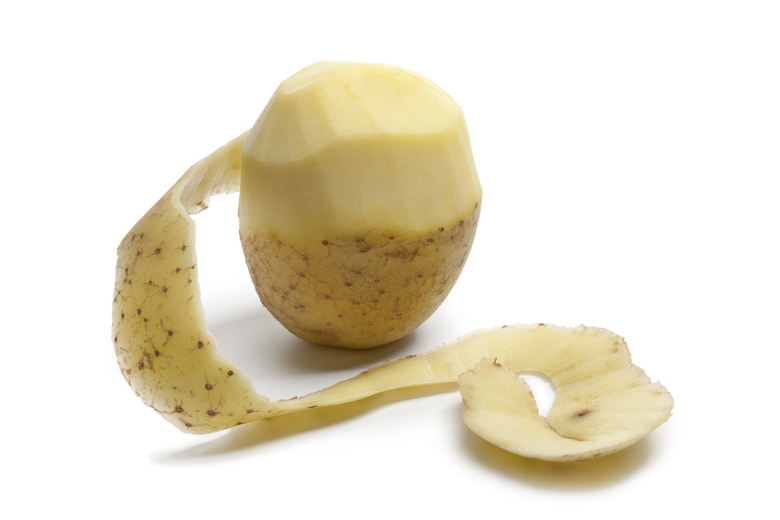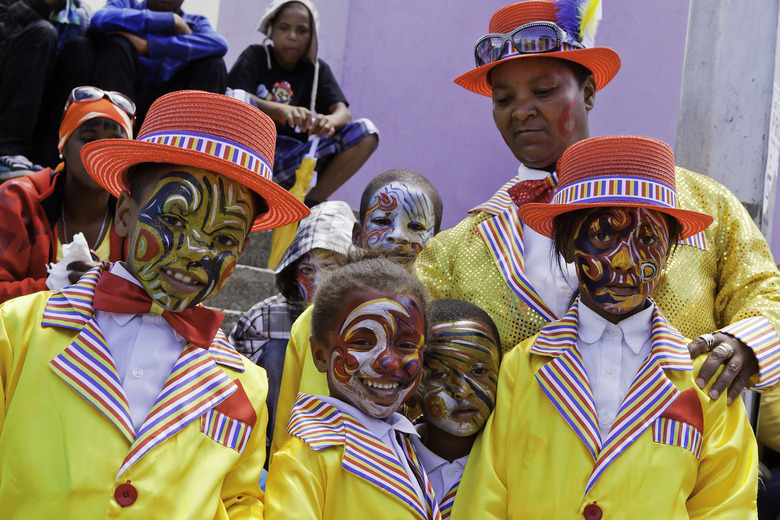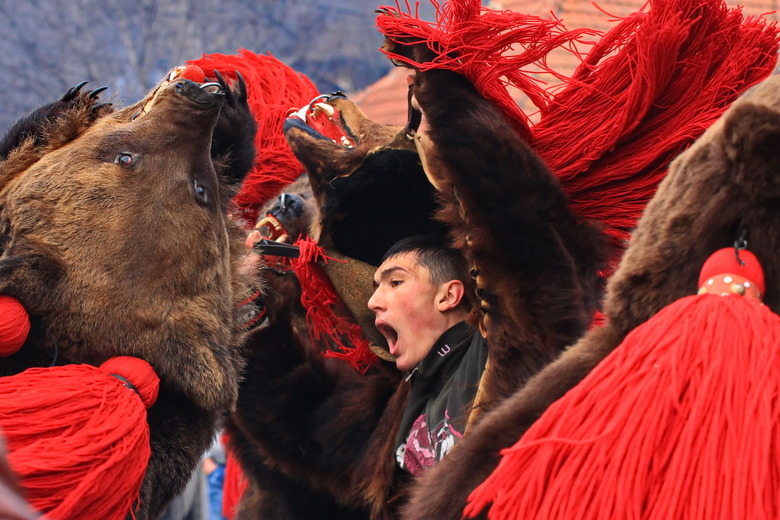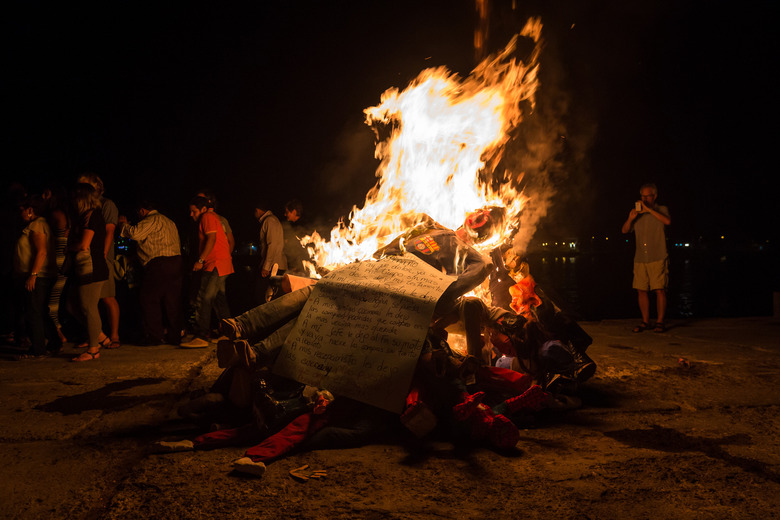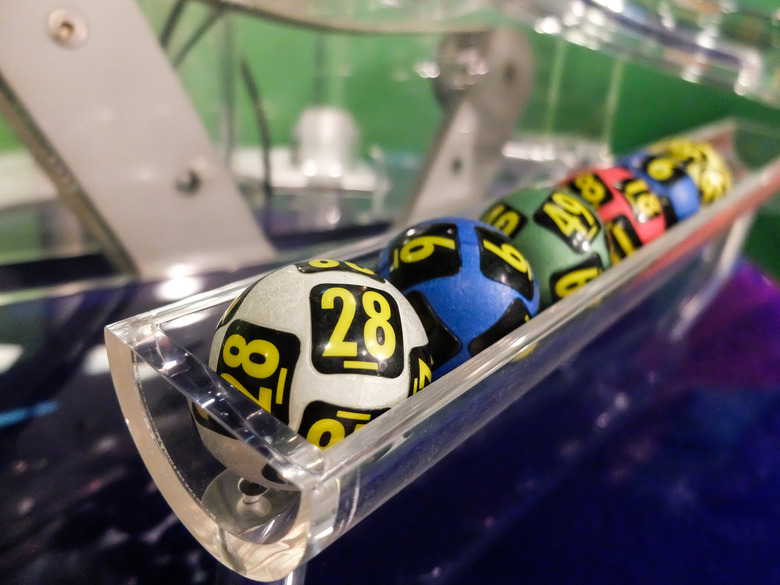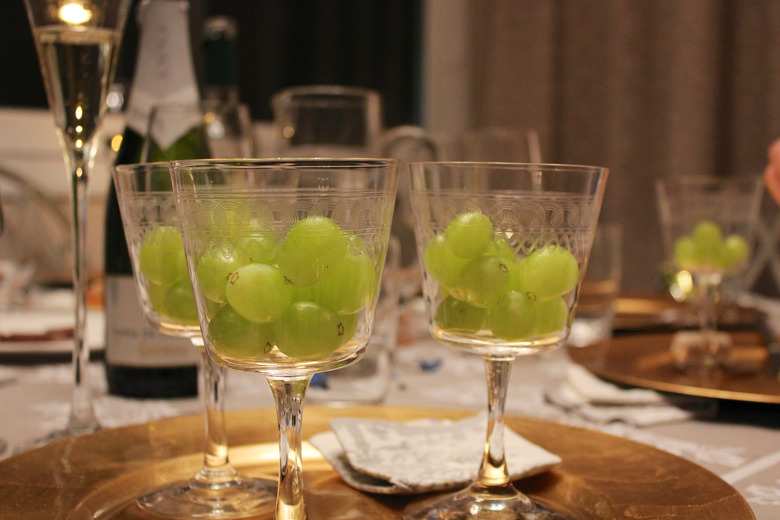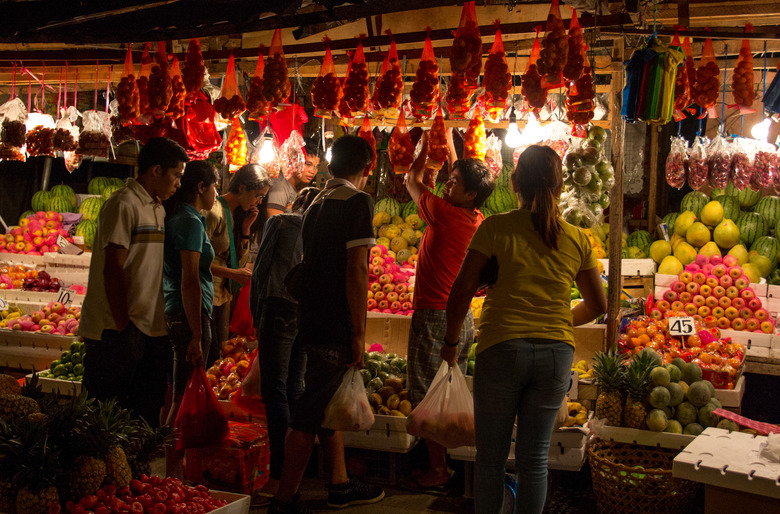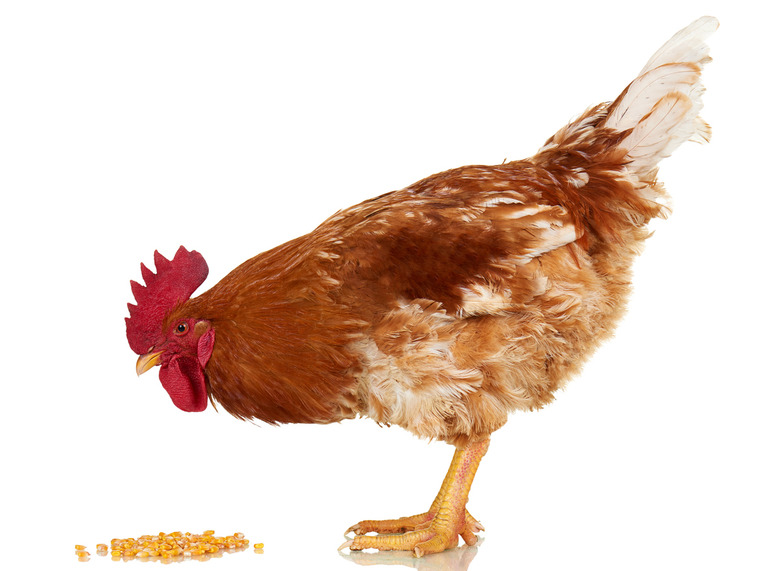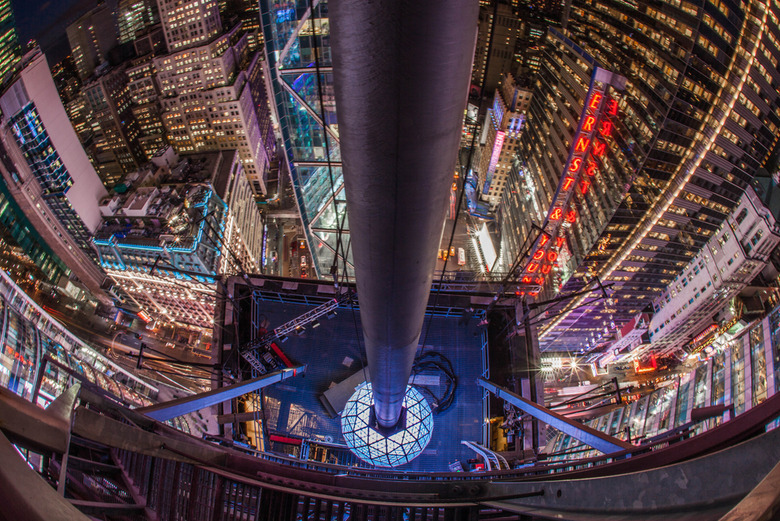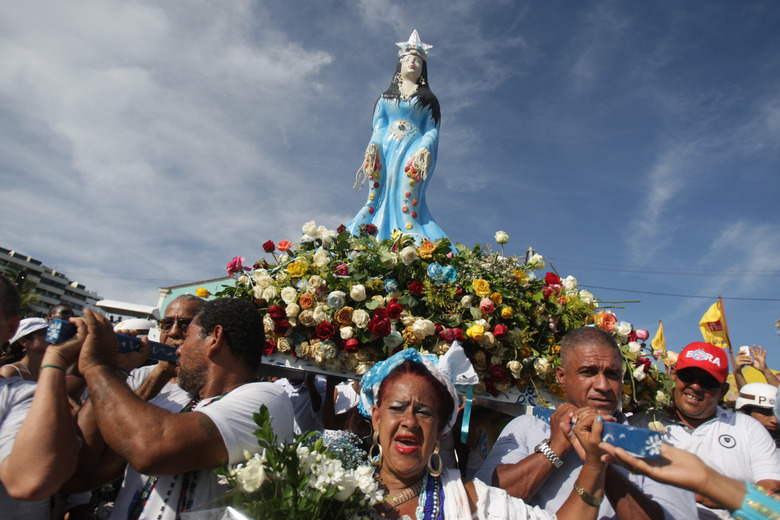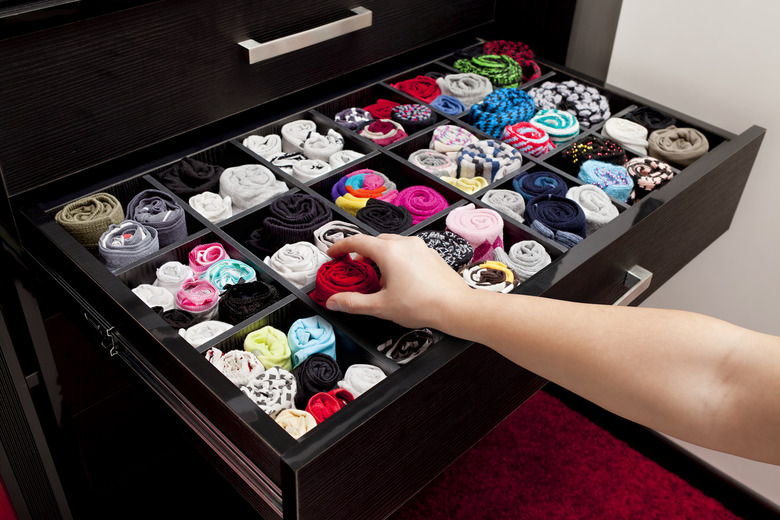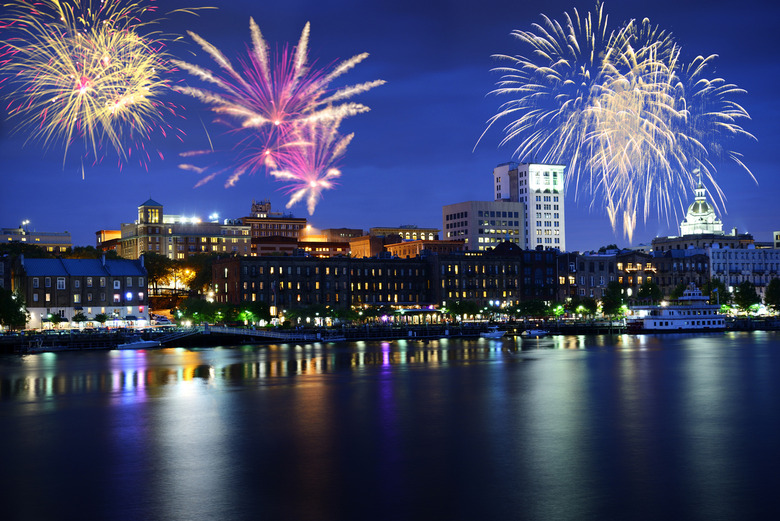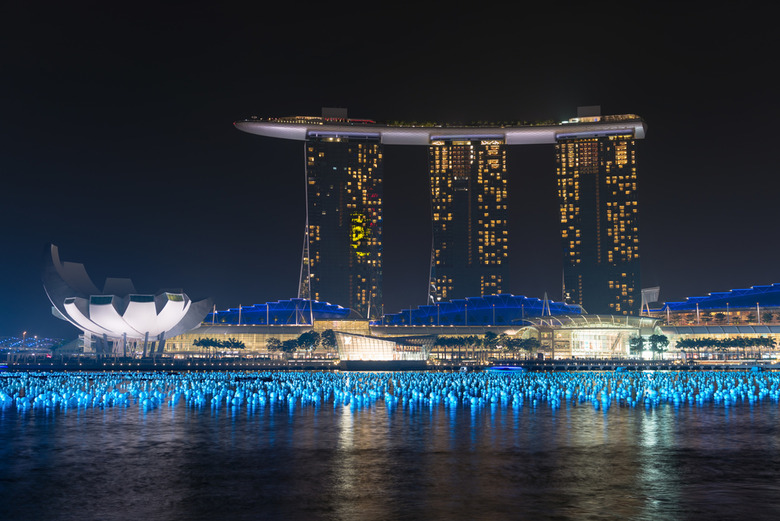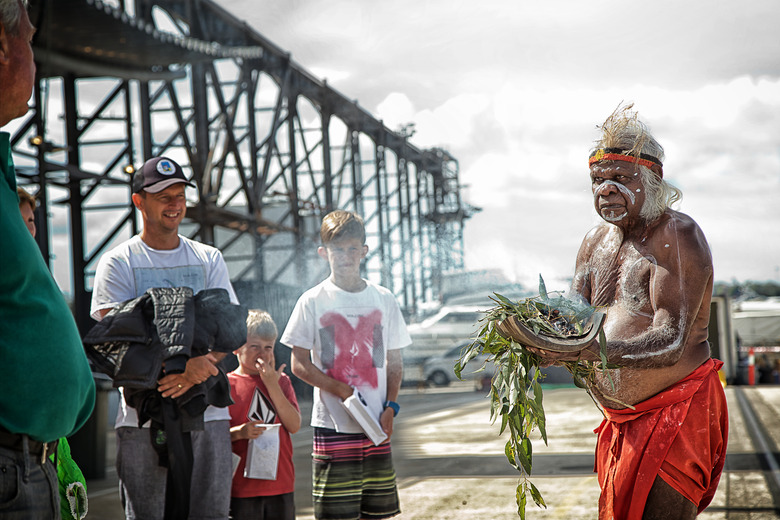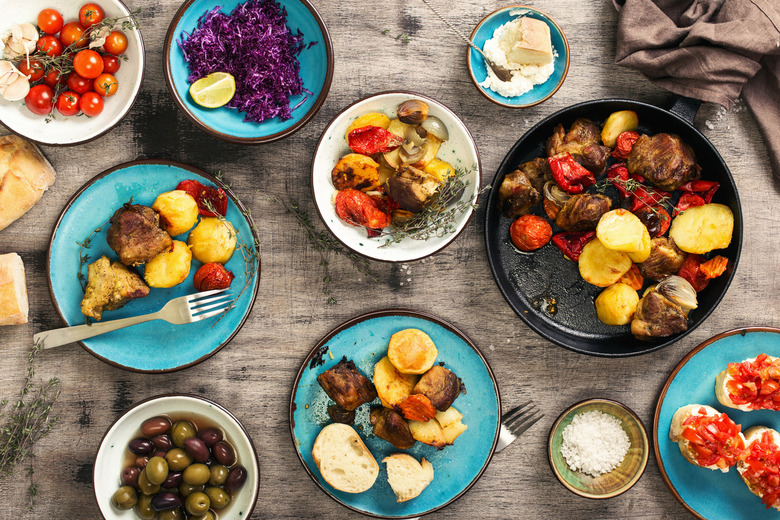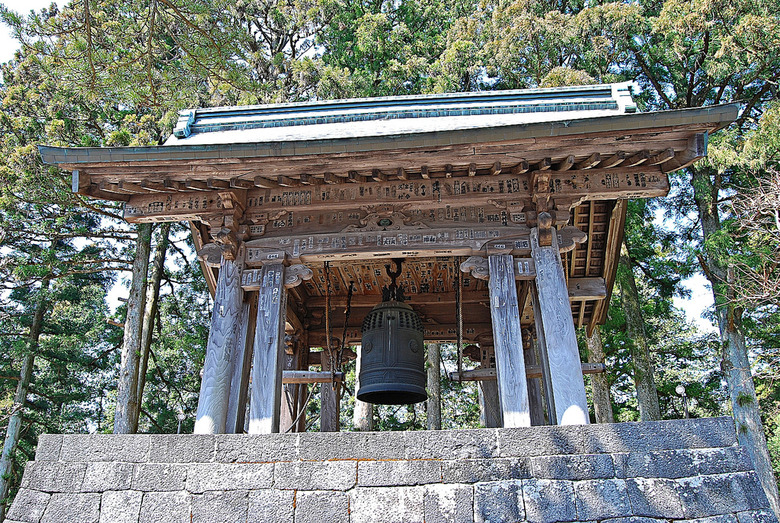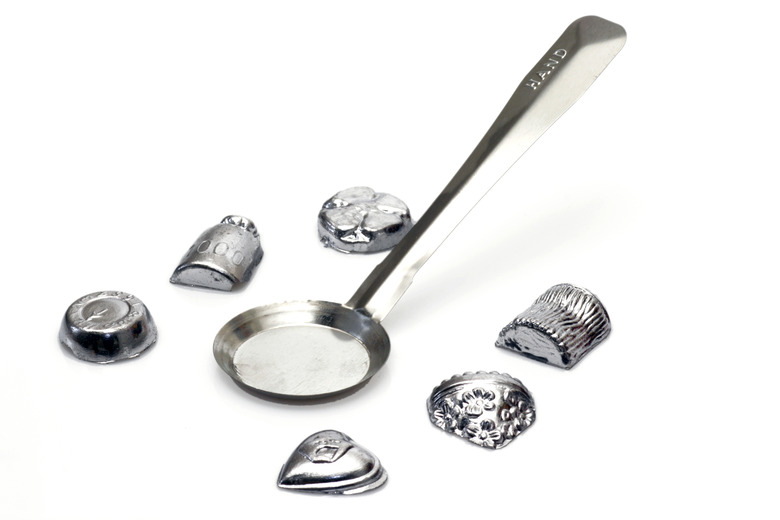Cities With Colorful New Year's Eve Countdown Traditions Slideshow
Cities with colorful New Year's Eve countdown traditions
For those looking to experience lively, unique customs to ring in the new year, these are the places to be.
Atlanta, Georgia
This Southeastern metropolis decided to put an ATL spin on New York's New Year's Eve ball drop. Instead of a glowing orb, since 1989, Atlanta has dropped a giant peach. The foam and fiberglass nectarine weighs 800 pounds and takes exactly 58 seconds to descend 138 feet. If a peach isn't unique enough for you, you can travel west to Tallapoosa, Ga., where they have a possum drop. A stuffed possum dubbed "Spencer" is lowered from a building in a holiday light-covered ball.
Bahamas
While most Bahamians ring in the new year with the typical fireworks, the party really gets started in the following hours. Junkanoo is a vibrant street parade that takes place on both Boxing Day and New Year's Day around the country, with the largest party taking place in Nassau. Thousands of dancers and musicians festooned in carnivale-like masks and costumes take to the streets around 2 a.m. and keep the party going as long as 10 a.m.
Berlin, Germany
Germans have a few peculiar New Year's Eve customs, but none is more distinctive and unique than the nationwide viewing of "Dinner for One." Many Germans can recite this British comedy sketch by heart. It became a tradition after its first airing on German TV in 1963, and the phenomenon spread throughout Scandinavia. "Dinner for One" never actually aired in the U.K., but, according to the Guinness Book of World Records, it's the most frequently repeated TV program ever.
Bogotá, Colombia
Along with other South American traditions, Colombia has its own quirky customs for New Year's Eve. One is running around the block at midnight with a suitcase to guarantee exciting travel in the upcoming year. Another is predicting your economic outlook for the year with potatoes. Colombians will place three potatoes under their bed, one peeled, one half peeled and one not peeled, then grab one without looking. If you pick the unpeeled potato, your year will be prosperous. Half-peeled is so-so, while completely peeled means you should brace for tough times.
Cape Town, South Africa
Kaapse Klopse, also known as the Cape Town Minstrel Carnival, kicks off the new year in South Africa with a kaleidoscope of colorful costumes. On the day after New Year's Day, or "second new year," more than 10,000 participants parade through the city streets, performing routines they've practiced for months. The event is a combination of a jubilant party and a preservation of history, as the parade has its roots in slave celebrations dating back to the 1800s.
Comanesti, Romania
Before the new year, residents of the rural eastern town of Comanesti in Romania dress up in bear hides and dance through the city. The parade is meant to chase away evil spirits and make way for blessings in the new year. The costumes can weigh around 50 pounds, and many have been passed down in families for generations.
Guayaquil, Ecuador
While Ecuadorians celebrate many of the same customs as other Latino countries, they also light up New Year's Eve with a fiery tradition all their own. People take to the streets to burn "año viejo," effigies representing the disappointments and misfortunes of the past year. Some are the size of small dolls while others tower over buildings. The stuffed scarecrow-like figures are made in the shape of a person or figure that represents the past year, from political figures to pop culture icons like Homer Simpson or SpongeBob SquarePants. For extra luck, many jump over the blazing figures three times at midnight.
Istanbul, Turkey
Turks across the country gather around their televisions at midnight on New Year's Eve, not to see a ball drop or a celebrity performance, but to check the lottery results. Every year, the national lottery hosts a special New Year's Eve drawing with an especially big jackpot. Millions of people participate in this tradition, with many waiting in line for hours to purchase a ticket from the Nimet Abla booth in Istanbul. This booth has produced more lottery-winning tickets than any other and is considered especially lucky.
Madrid, Spain
Most days of the year, sour grapes are a symbol of disappointment, but on New Year's Eve in Spain and many Spanish-speaking countries in Latin America, they're a harbinger of good luck. At midnight, people will eat 12 grapes, one at each toll of the clock as it strikes midnight, to ensure 12 months of good luck in the new year.
Manila, Philippines
Circles represent prosperity in Filipino culture, so on New Year's Eve, people wear polka dots, carry coins in their pockets to attract wealth and buy 12 different round fruits, one for each month. Midnight is boisterous with people flinging all their doors and windows open to allow good luck to enter and banging pots and pans together to chase off evil spirits. Children also jump as high as possible so they'll grow taller.
Minsk, Belarus
New Year's Eve in Belarus sees unique and lively traditions to predict what's in store for young ladies in the new year. In order to determine which single lady will get married next, women line up with piles of corn in front of them and then a rooster is let loose. Whoever's pile he picks is the next to get hitched. Ladies also play another game where a married woman hides a ring and a piece of bread around the house. The woman who finds the ring first is predicted to marry a handsome man, while the lucky lady who finds the bread will marry a rich man.
New York City
New York City became a NYE icon after dropping its first ball in Times Square in 1907. Most cities celebrate with fireworks, but the Big Apple came up with a creative solution when the NYPD banned fireworks over the city. The orb solution was inspired by time balls, which were dropped in port towns so that sailors could synchronize their watches. Today, the ball is made of Waterford crystal and high-tech LED lights. There are copycat ball drops around the world, but one million people people gather in Times Square each year to see the real deal.
Rio de Janeiro, Brazil
Copacabana beach in Rio de Janeiro sees plenty of traditional revelers and a fantastic fireworks show, but something unique will also take place there on New Year's Eve. Millions of worshippers of the Afro-Brazilian water goddess Yemanja celebrate by wearing white and launching boats and sending flowers and other offerings into the sea at midnight in exchange for blessings in the new year.
Sao Paulo, Brazil
Markets in cities like Sao Paulo, Brazil, and La Paz, Bolivia, are filled with a unique sight ahead of the new year: Shops will have bright red and yellow pairs of underwear on full display. Across Central and South America, it's believed that wearing yellow underwear to ring in the new year will bring financial prosperity, while sporting red underwear at midnight will increase your luck in love.
Savannah, Georgia
An interstate battle for the best ball drop is raging in Georgia. Besides the peach drop and the possum drop, the historic town of Savannah also has its own quirky drop. Well, it's actually the opposite of a drop. At the stroke of midnight, a six-foot-tall steel and plastic cup is raised above the waterfront. The shape is in reference to Savannah's to-go cup custom. The town has an open container policy and many bars and restaurants encourage patrons to take a drink for the road, whether it's a sweet tea or something stronger.
Singapore
For more than a decade, Singaporeans have rung in the year by filling Marina Bay with 25,000 inflatable "wishing spheres." The glowing orbs are filled with wishes for the new year written by people from around the island. The installation is further illuminated by a New Year's Eve fireworks display with custom composed music every year, attracting more than 300,000 revelers.
Sydney, Australia
Sydney's Harbour Bridge is home to some of the most spectacular New Year's Eve fireworks in the world, but it also incorporates Australian culture into the light display in a unique and colorful way. Indigenous Australians perform a traditional smoking ceremony to cleanse the harbour of negative spirits and ensure good fortune for the city in the new year. During the ceremony, traditional imagery of the Aboriginal and Torres Strait Islander peoples will be projected on the bridge's pylons.
Tallinn, Estonia
While some cultures hope for good fortune in the new year, Estonians just want to be strong and well-fed. It's Estonian tradition to eat seven, nine or even 12 times on New Year's Eve. If a man can complete the task, it's said he'll gain the strength of seven men. A bit of food is left on the plate for the spirits of ancestors who visit during the holiday season.
Tokyo, Japan
It's a tradition to ring the bells at Buddhist temples in Japan 108 times ending at the stroke of midnight. The ceremony is called joya no kane, and many temples in and around Tokyo offer onlookers the chance to queue up to ring the bell themselves. The tolls represent each of the worldly desires in Buddhism so that they may be cleansed before the new year. Another Japanese custom ahead of the new year is visiting the Hagoita Fair at Senso-ji Temple, where shoppers purchase elaborate wooden paddles that are traditionally given to young girls to "bounce back evil" in the coming year.
Vienna, Austria
Austrians have a unique custom on what they call Holy Sylvester. Molybdomancy is the practice of divining the future by pouring molten lead into water and letting it harden then interpreting the shapes, similar to reading coffee grounds or tea leaves. Toward the end of the year, many Austrians purchase kits from Christmas markets that contain lead ingots in different shapes and a spoon for melting them in. Families will do the ritual together on New Year's Eve and argue about interpretations of their future for the upcoming year. The tradition also exists in Germany, Switzerland and Nordic countries.
